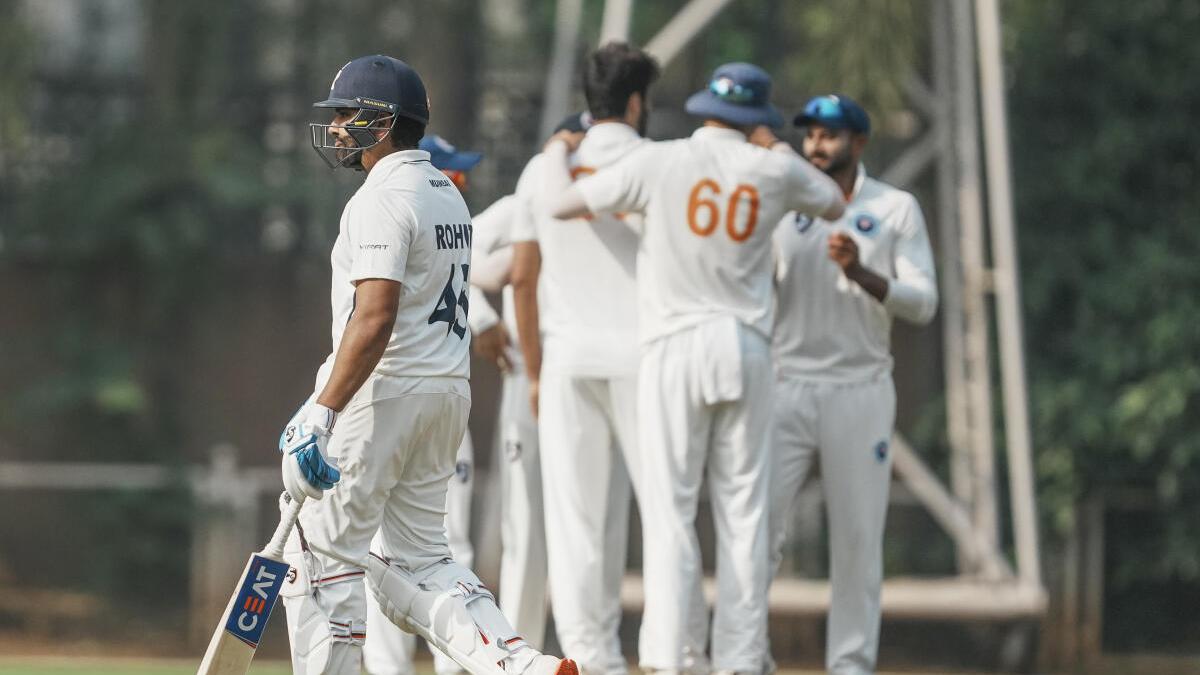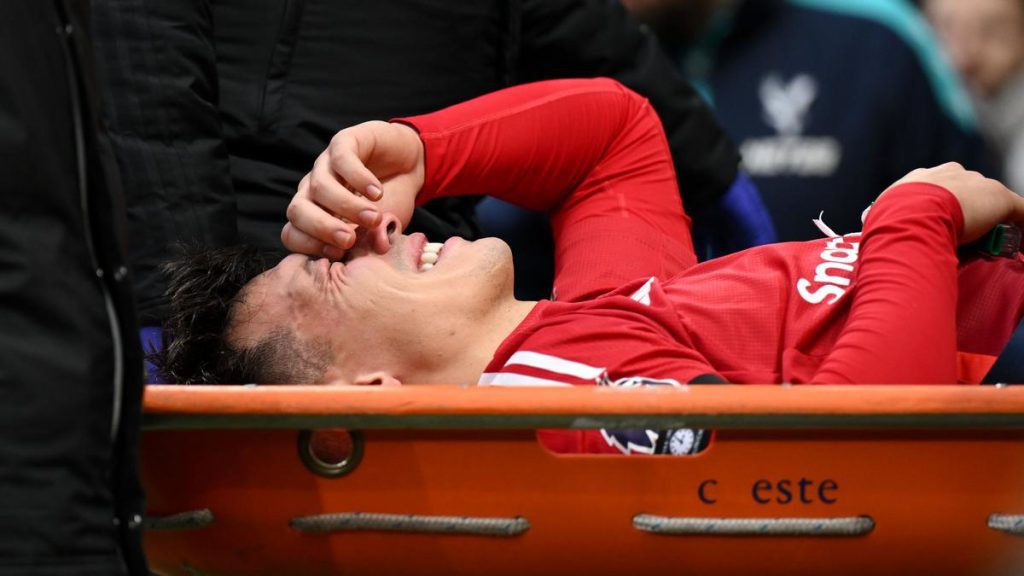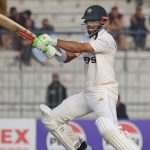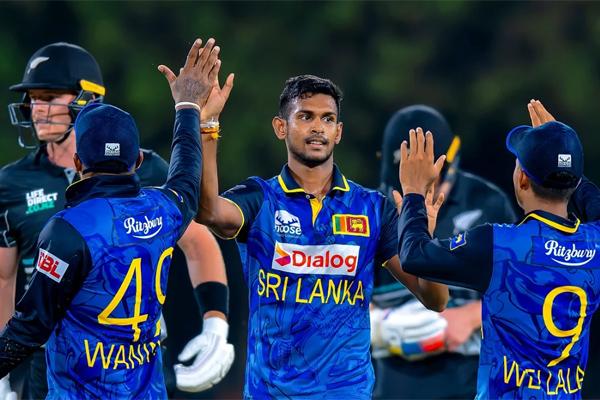Sunil Gavaskar: Mumbai’s defeat to J&K in Ranji Trophy highlights perils of aggressive mode of batting


Sunil Gavaskar: Mumbai’s defeat to J&K in Ranji Trophy highlights perils of aggressive mode of batting
Jammu and Kashmir’s splendid victory in three days over defending champions Mumbai shows how much the standard of cricket has improved in States that were earlier easy opposition for the stronger teams.
Today, every team can include three outstation players, and many teams do that to strengthen their eleven. J&K has some incredibly talented players, especially in the fast bowling department, and it was their fast bowling that unsettled and tormented the Mumbai top-order.
|
Only Shardul Thakur, batting down the order, showed the gumption and desire to stick it out. But for his batting in both innings, the Mumbai score would have been embarrassing for a side filled with four Indian Test players in their top five. What Thakur and Tanush Kotian showed with their big partnership is that with a proper mix of caution and aggression, runs could be scored on the surface. The J&K batters also showed the same attitude and thus overhauled the target quite comfortably.
The dismissal of Mumbai’s Test batters once again brought to the fore the perils of the all-out aggressive mode of batting that is nowadays thought of as being central to run-making. It can work on flat pitches, but on pitches where the ball is doing something, there has to be a technique good enough to keep out the good delivery.
More crucially, there has to be the temperament to accept that a bowler can bowl the occasional maiden over, and a few dot balls don’t warrant a big risky shot in response. The modern batter doesn’t seem to trust his defensive technique, consumed as he is by the thrill of hitting sixes. Nothing wrong in hitting sixes. In fact, it is exciting indeed, but in the red-ball format, the bowler has a little more help from the ball than in the white-ball version, and the six can be a risky proposition. It makes sense to single out the bowler who could be a danger and play him out, then look to score off the lesser bowlers.
|
There’s also a weird theory that on a dicey pitch, there will be a delivery with the batter’s name on it, and so it is better to thrash about than spend time defending and trying to tire out the bowlers.
Way back in the West Indies, this thought was expressed by a couple of journalists that, with the lethal pace quartet that the Windies had then, it was better to counter-attack than wait for the scoreable delivery.
Mohinder Amarnath, Dilip Vengsarkar, and Ravi Shastri batted in their normal unhurried manner and scored heaps of runs on that trip.
There are more chances of a dismissal while looking to play in a manner that one is not used to, as was seen in the recent Sydney Test [between India and Australia] when rushes of blood caused some silly-looking dismissals.
A bit of common sense and patience, rather than a fatalistic approach, could have gotten another 50 runs, and that could well have altered the result of the match and the series.
The BCCI and the coach’s insistence on the Indian players playing in the Ranji Trophy meant that most of the players who were on the disastrous tour of Australia turned up for their State teams in the Ranji Trophy.
|
Whether their hearts were in it or they did that only to ensure they were not stripped of their BCCI contracts, like Ishan Kishan and Shreyas Iyer were, after missing out on the Ranji Trophy games last year, is known only to them.
Rohit Sharma and Yashasvi Jaiswal’s participation meant that Ayush Mhatre, who had got a couple of hundreds and some fifties, had to be left out of the Mumbai side. Hopefully, the youngster would have spent some time with both these players and picked their brains about adding to his batting ability.
It would be interesting to see if KL Rahul, Mohammed Siraj, and Virat Kohli, who didn’t play in last week’s round of Ranji Trophy matches, will play the next round.
More interesting would be what action the BCCI takes if they don’t play. Were they injured? Getting a medical certificate for an ‘injury’ is child’s play, and if they are injured, did they go to the NCA for treatment and recovery, as Nitish Reddy was sent the moment he had that side strain?
Isn’t that the practice for the BCCI-contracted players, that as soon as there’s an injury, they have to report to the NCA, and only after the BCCI experts there certify them as fit can they resume playing for India? For all we know, these players might have opted out of the earlier games for non-injury reasons. We shall soon find out.









